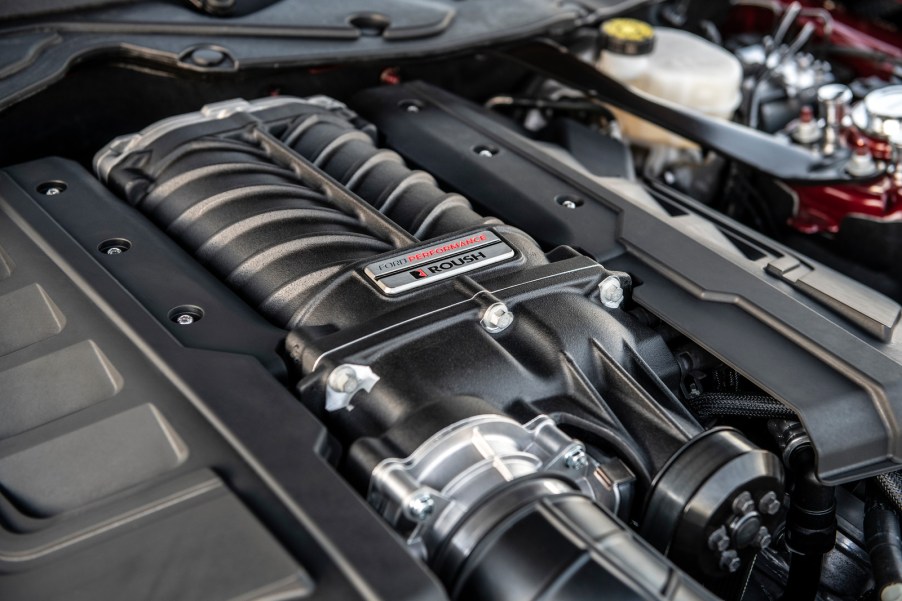
What Is the Difference Between A Turbo and Supercharger?
The most common way manufacturers create big horsepower numbers for their vehicles is to turbocharge or supercharge the engine. This is also true for the racing community. However, what is the difference between the two? How is a turbo different from a supercharger?
Turbochargers
Turbos capture the hot exhaust leaving the engine and then force-feed it back into the engine through a turbine impeller. Once the impeller spools up, this hot force-fed air is mixed with gasoline, and combustion happens. Voila, more horsepower!

Superchargers
Superchargers operate on the same principle as turbochargers; they focus on increasing airflow. However, the execution is different. Superchargers are typically linked directly to the crankshaft of the engine by a belt or chain. The volume of air forced through is directly proportional to the crankshaft revolutions.

The Difference
Turbochargers will have a lag before the power kicks in. It takes up to a second or more for the impeller in the turbo to get up to speed (known as spooling). Then you feel a noticeable kick in the pants as the power hits. This delay is known as turbo lag. Manufacturers have made great strides over the years to reduce lag, but it’s still there.
Superchargers will have no lag since there is no wait for the power increase. The response is immediate, and the operating temperatures are generally cooler. However, it requires horsepower at the crank to work. So, it is not as efficient as a turbo, which uses exhaust gas, a waste product.
Both systems will need intercoolers to operate the best. An intercooler is a component that cools the air before it enters the engine. The cooler the air temperature, the happier the engine.

The Experience
I have personally ridden in vehicles equipped with both. Each had me grinning from ear to ear! There is no denying that there is a definite point where the turbo finally kicks in. A jolt to all the occupants in their respective seats was evident. For comparison, you could feel the vehicle that had the supercharger pull hard throughout the throttle application and hear a great whine from the powerplant as well!
As a footnote, twin-turbo systems (yes, there is such a thing), are said to improve performance further and reduce the lag time. I have no way to corroborate or dispute this thought since I haven’t ridden in a vehicle equipped with one of these systems yet. I’m not stopping anyone from offering me that ride either!

As the turbo and supercharger systems are perfected in the future by auto enthusiasts and manufacturers alike, the real winner will be the consumer. Finding ways to improve performance and efficiency can only be a good thing that the consumer will snap up with eager anticipation, provided the price points are reasonable. In the meantime, as the builders continue to improve the systems, the horsepower numbers keep rising, and the smiles keep coming. It’s an excellent time to be alive to experience it all!


